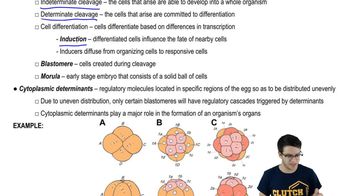The cortical reaction of sea urchin eggs functions directly in
a. The formation of a fertilization envelope.
b. The production of a fast block to polyspermy.
c. The generation of an electrical impulse by the egg.
d. The fusion of egg and sperm nuclei.



